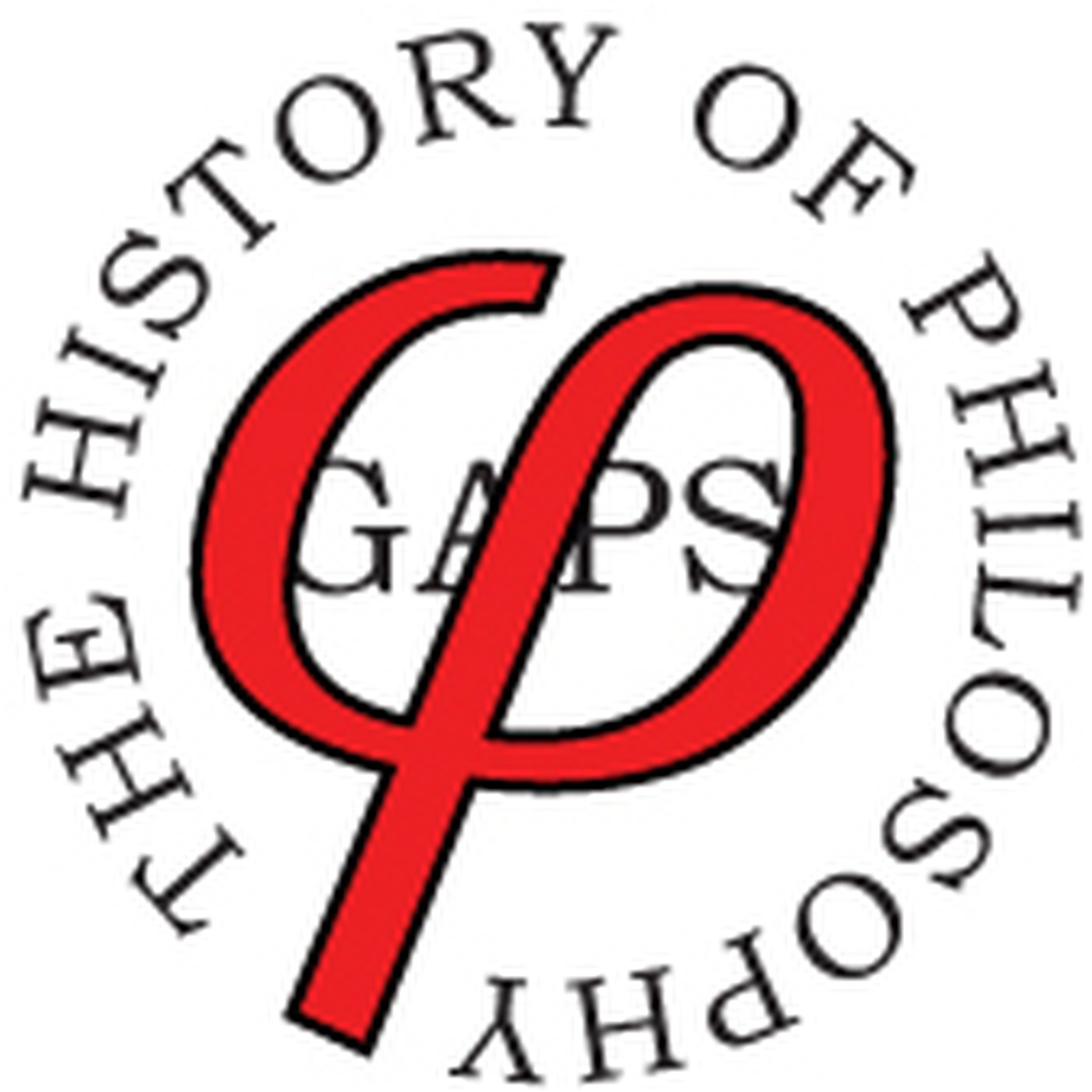
HoP 457 - Take Your Medicine - Oliva Sabuco and Camilla Erculiani

History of Philosophy Without Any Gaps
Deep Dive
Why was there skepticism about the authorship of works attributed to women in earlier times?
Historians often doubted the authenticity of works attributed to women due to societal biases, assuming that more sophisticated texts could not have been written by women. This skepticism was rooted in sexist assumptions about women's intellectual capabilities.
What evidence was found to challenge Oliva Sabuco's authorship of 'The New Philosophy of Human Nature'?
Archival evidence, including Oliva's father Miguel's will, suggested that he was the true author of the work. Miguel claimed he allowed the book to be published under his daughter's name for honor but later wanted to claim financial proceeds himself.
What was the central theme of Oliva Sabuco's 'The New Philosophy of Human Nature'?
The work emphasized the fundamentally physical and embodied nature of human life, focusing on the role of the body in determining thoughts, emotions, and health. It rejected traditional Galenic and Aristotelian theories in favor of a new physiological understanding.
What unique substance did Sabuco propose as central to human life and health?
Sabuco introduced 'chile' (xile), a milky fluid that originates in the brain and flows through the spinal column to nourish the body. This substance replaced the traditional vital heat theory of Galen and Aristotle.
How did Camilla Erculiani's work reflect her background as an apothecary?
Erculiani's letters discussed natural philosophy and biblical exegesis, drawing on her knowledge of medicine and the elements. She proposed that human bodies contained a large proportion of earth, influencing their physical and emotional states.
What was Erculiani's explanation for the flood described in the Bible?
Erculiani theorized that the flood was caused by a reduction in the earth under people's feet, as humans had absorbed too much earth into their bodies, making them giants. This imbalance led to the waters rising as the earth fell.
How did both Sabuco and Erculiani challenge traditional gender roles in their works?
Both authors emphasized their amateur status and lack of formal education, using it as a point of pride. They demonstrated that women could engage in sophisticated natural philosophy and biblical interpretation, challenging the notion that such knowledge was exclusive to men.
What role did the Inquisition play in the lives of Sabuco and Erculiani?
Sabuco's work was corrected by the Inquisition, while Erculiani was charged with heresy but ultimately not condemned. Her lawyer argued that her scientific ideas should not be taken as theological statements, allowing her to avoid punishment.
- Controversy surrounds the authorship of "The New Philosophy of Human Nature", with Miguel Sabuco claiming authorship in his will.
- The book presents innovative theories about the human body and medicine, challenging traditional views.
- The text's style, using Spanish instead of Latin and featuring down-to-earth examples, is discussed.
Shownotes Transcript
Natural philosophy and medicine in the work of two unorthodox thinkers of the late sixteenth century, both of them women.